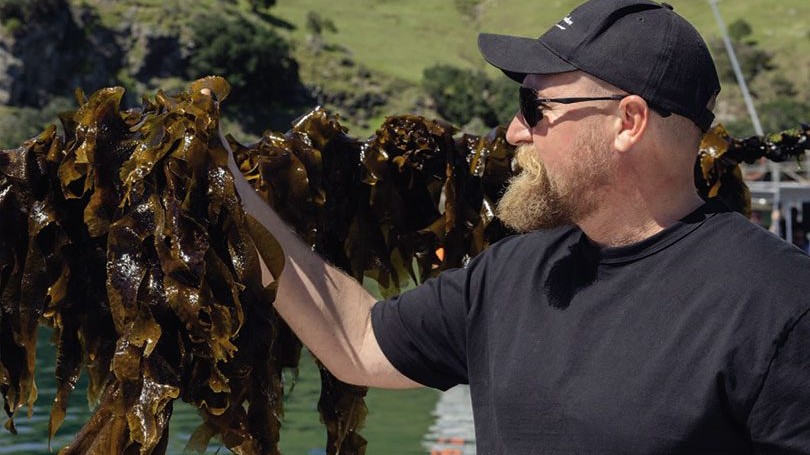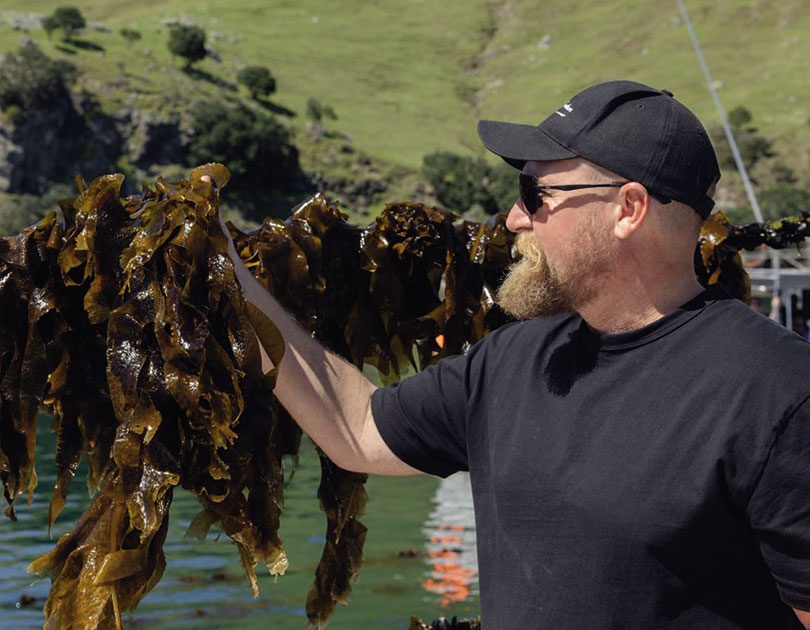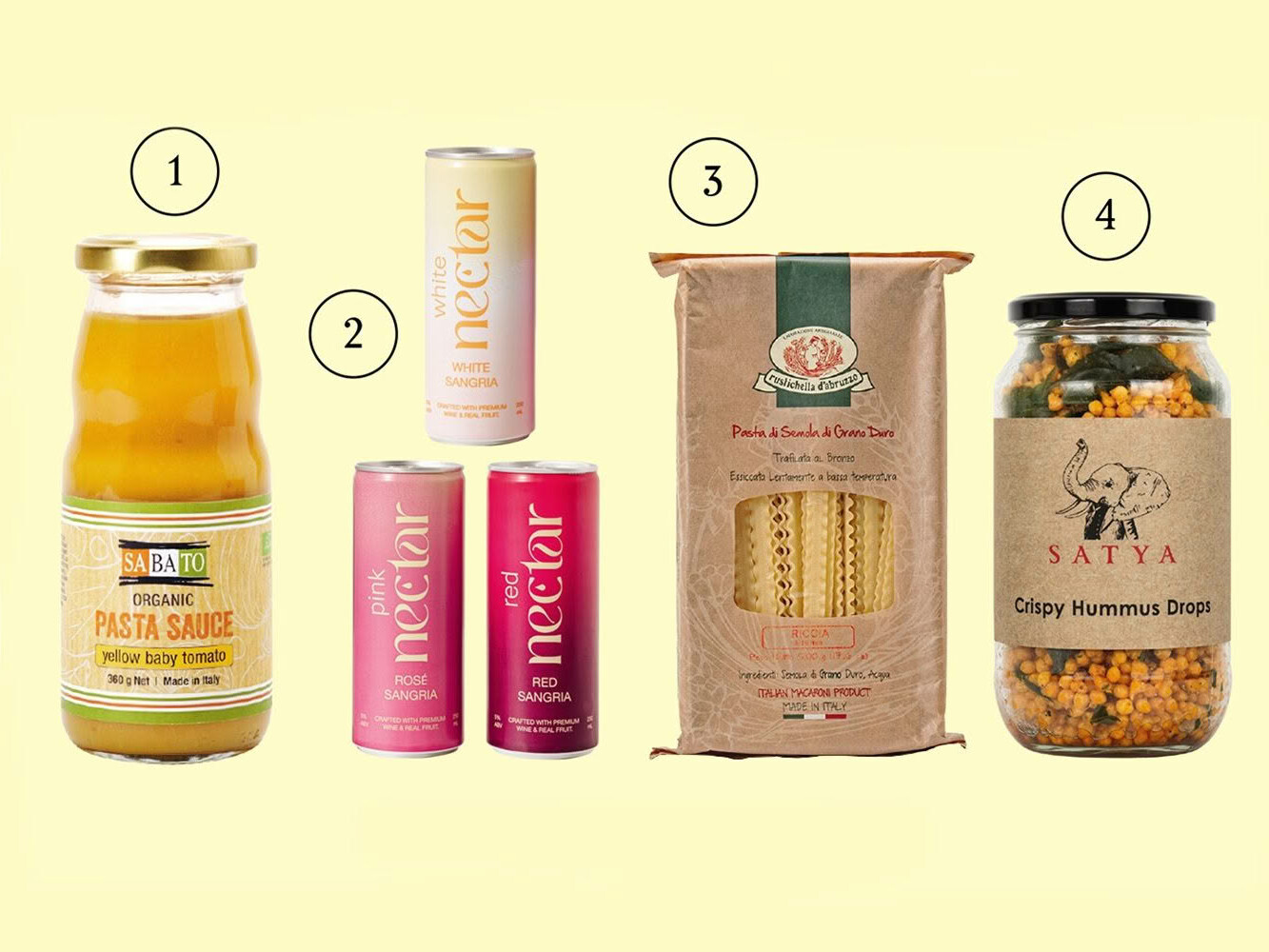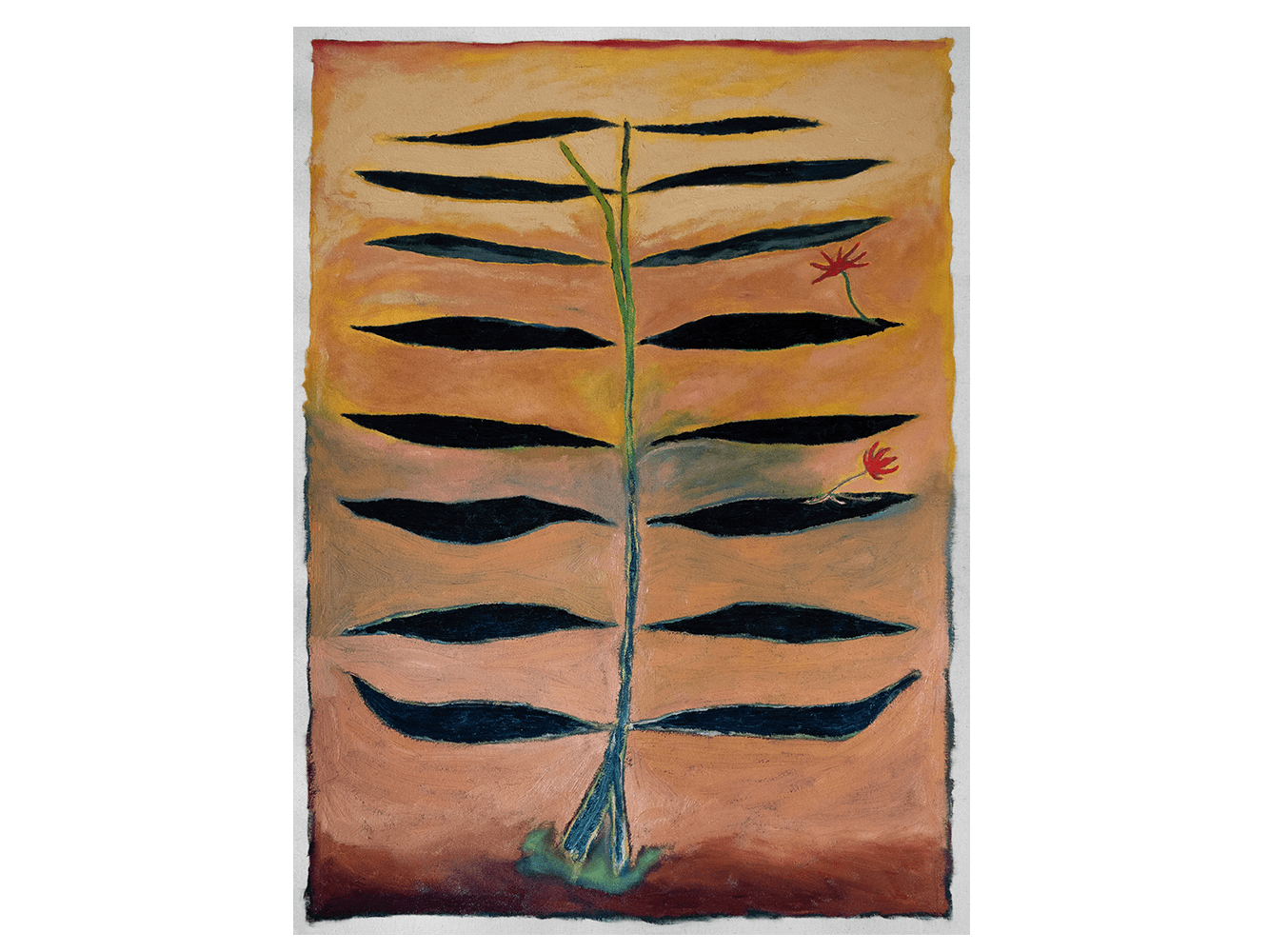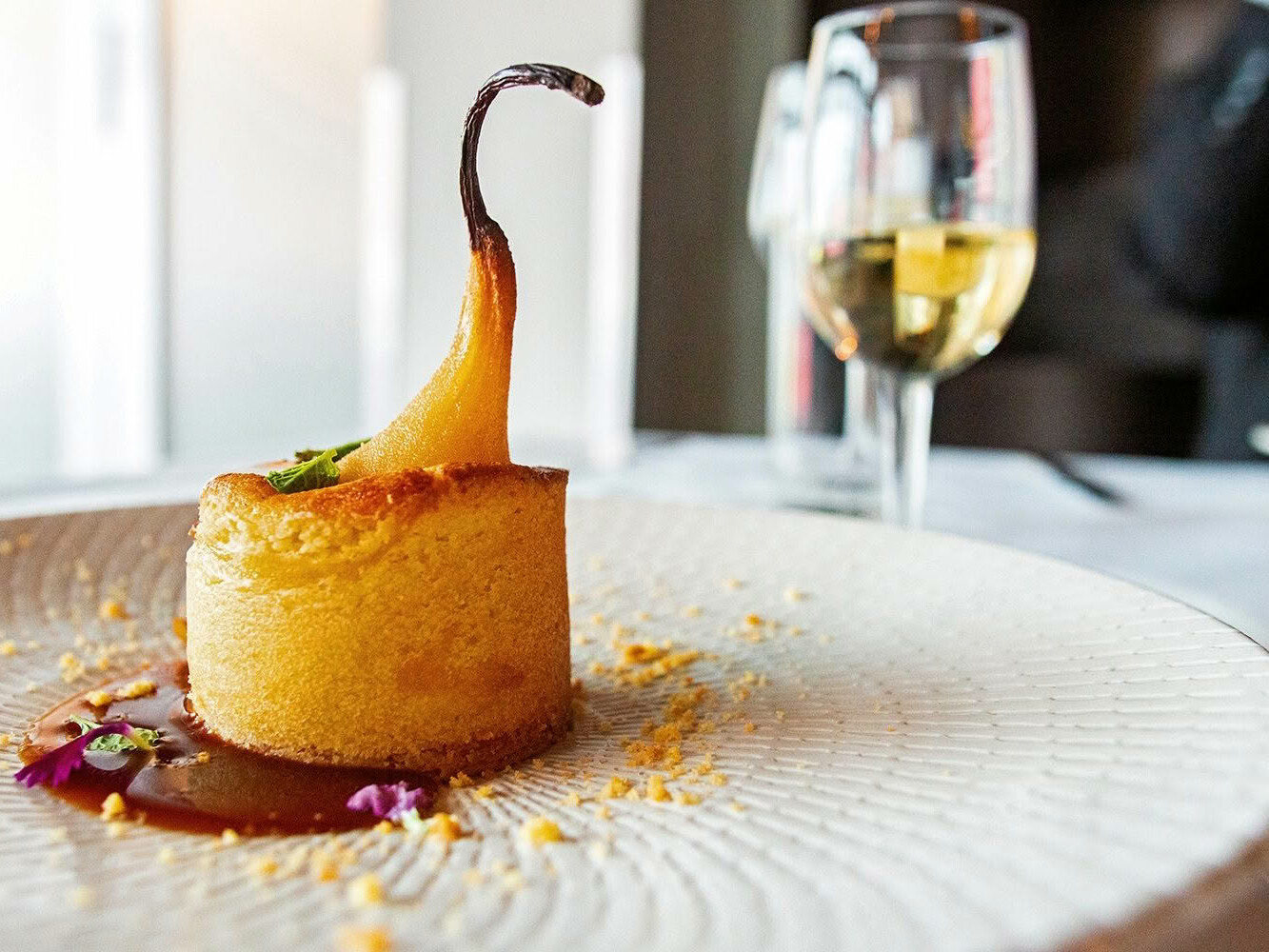“Seaweed is coming into its time. There’s a wave at the moment, and everyone needs to paddle hard.” So says Lucas Evans, CEO of seaweed company Premium Seas. In fact, Lucas has been paddling hard for the past 10 years since first becoming fascinated by the algae. “It was a lot lonelier a decade ago. Now it’s easier to find seaweed friends,” he says.
Today, Premium Seas is working as part of a $5 million pilot project to trial regenerative ocean seaweed farming in New Zealand by planting 228 metres of tiny, hatchery-grown native Ecklonia radiata seaweed seedlings in the waters off the Coromandel coastline.
Together with natural resource sector project developer EnviroStrat, Ngāti Pūkenga, Ngāi Tai ki Tāmaki, the Universities of Waikato and Auckland and seaweed processor AgriSea, Lucas hopes to create an economically viable seedling-to-harvest model for seaweed farming in New Zealand. “During the project we’ll learn the basics, set a benchmark and kickstart the sector in New Zealand,” he says. In this trial, Premium Sea is responsible for the seaweed hatchery, outplanting the seeds and tending the farm, but Lucas’ eventual dream is of an industry that encompasses multiple participants from farmers to consumers, growing many varieties that can be made into high-end products and from which New Zealand can get maximum economic benefit.
The potential of seaweed to be the food of the future has long been advocated and attendees at the recent Aquaculture NZ conference in Nelson heard that there’s a real opportunity for New Zealand – with its abundant coastline, the perceived image of pristine waters and significant expertise in aquaculture – to claim a place in this innovative industry.
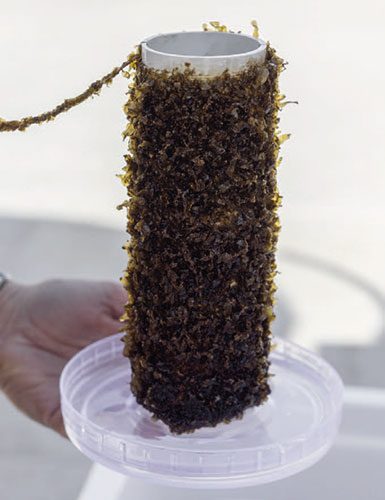
The possibilities are huge: globally, seaweed aquaculture has grown at an average of 7% per year over the last decade to US$14 billion in 2019. Of this, 97% is farmed, yet currently New Zealand has not a single seaweed farm. At present companies such as Premium Seas have to rely on small volumes wild-harvested from mussel lines and even have to import some product.
The majority of New Zealand-harvested seaweed is used to produce agricultural and horticultural products (mainly soil enhancers and animal feed supplements), or as seaweed extracts used in health and beauty products. Despite the fact we have more than 950 varieties of native seaweed in New Zealand, the demand for seaweed as food is in its infancy compared to markets elsewhere, especially in Asia. Our culinary experience of seaweed is polarised: most of the seaweed we eat here is imported as low-cost, heavily processed, pre-packaged snacks, but at the other end of the scale companies such as Premium Seas supply high-end restaurants such as Auckland’s Cocoro. Lucas acknowledges, “It’s a shame you have to spend $150 to taste wakame.”
Though this pilot project is not growing Ecklonia radiata for its food potential, Lucas hopes that the trial will open up seaweed farming for other species and explore myriad other uses.
Compared to many other food crops, seaweed treads very lightly on the land. Once planted in the ocean it doesn’t need feeding or watering and instead of sucking beneficial nutrients from its surroundings it’s actually regenerative for the ocean, soaking up carbon and nitrogen.
As well as growing a sustainable sea green crop that is good for us – seaweed contains micro-nutrients that we cannot get from terrestial plants – Lucas’ goal of a thriving seaweed farming industry will develop additional opportunities for those in coastal communities whose traditional livelihoods are waning, with the economic benefits “going to those who matter”. He really will make seaweed friends in these farms of the future. TRACY WHITMEY
SEE MORE FROM CUISINE
Design File / Jessica Crowe / stylist, painter / Whangamatā
Though you may not know Jessica Crowe’s name, if you are a regular…
Traffic July / August 2025
Josh and Helen Emett continue the elegance and success of Gilt, with…

